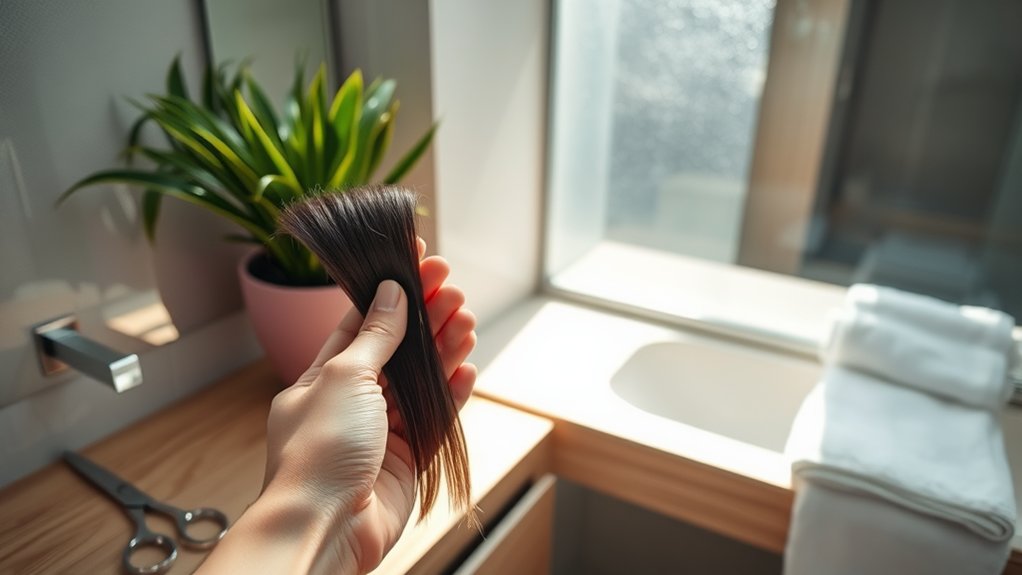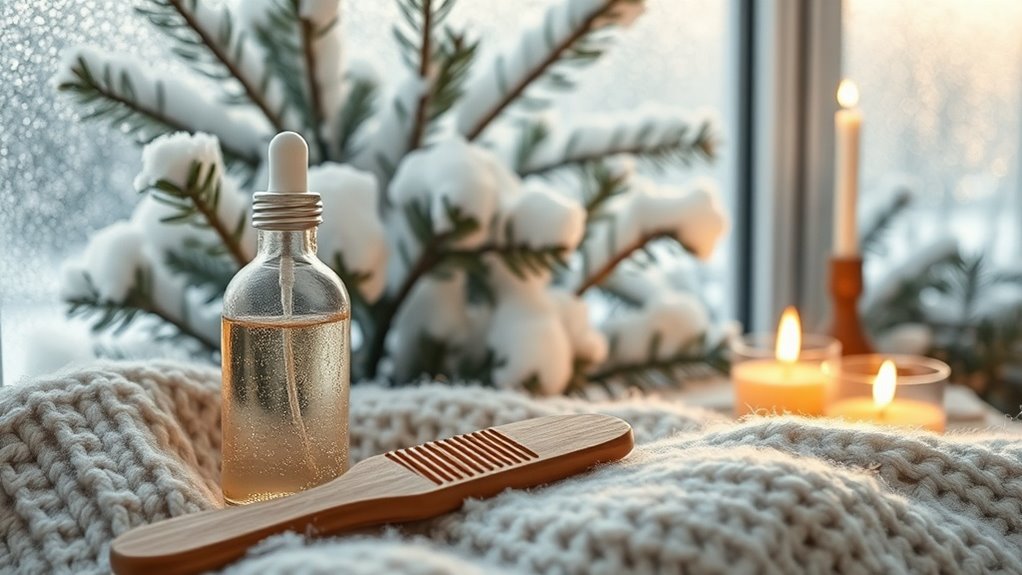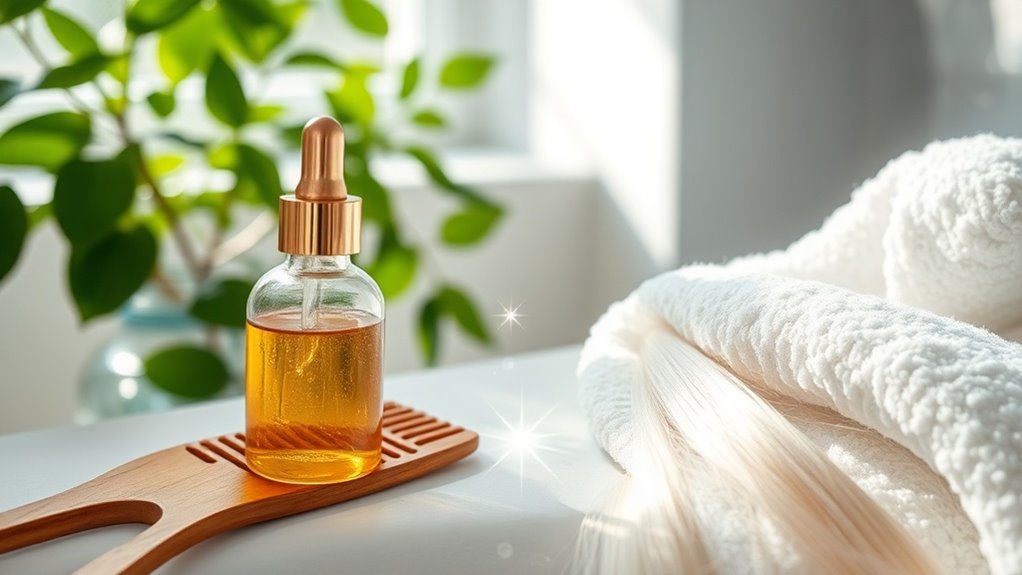How I Trimmed My Split Ends at Home Safely
Trimming split ends at home can be a precise process if done correctly. First, assess the condition of your hair to ensure it is clean and dry, as this helps in identifying damaged areas. Using high-quality shears is essential for a clean cut. Next, follow a systematic approach to section your hair and inspect each strand carefully. The technique you adopt can significantly impact the outcome…
Key Takeaways
- Inspect your hair for split ends and uneven texture before starting the trim to identify areas needing attention.
- Use sharp, high-quality shears and a fine-toothed comb to ensure clean cuts and effective sectioning.
- Section hair into manageable parts with clips, making it easier to work through without missing areas.
- Apply a point-cutting technique by angling the shears vertically for a more natural look and to reduce blunt ends.
- Follow up with regular deep conditioning treatments and trims every six to eight weeks for continued hair health.
Assessing Your Hair Condition
Before you begin trimming split ends, it’s crucial to assess your hair condition accurately. Check for uneven texture, elasticity, and dryness, as these factors contribute to split ends.
Conduct a visual inspection; look for hair strands exhibiting frayed tips or a dull appearance. Feel the hair between your fingers; if it feels rough or straw-like, it indicates damage.
Identifying the severity of split ends helps in tailoring an effective split ends solution. Remember, healthy hair should bounce back when stretched gently. Regularly adopting methods to maintain healthy hair can significantly reduce the occurrence of split ends.
This assessment is vital for determining your trimming approach and establishing a routine to maintain your hair’s integrity.
Gathering the Right Tools
To effectively trim split ends at home, you’ll need to gather the right tools to ensure a professional result.
Start with sharp, high-quality hair shears designed specifically for clean cuts, preventing further damage. A fine-toothed comb is essential for detangling hair and sectioning strands accurately.
Don’t forget a mirror to check angles and ensure even results. Additionally, having clips handy will help you hold sections in place while you work.
Lastly, consider a spray bottle with water to keep your hair slightly damp, making it easier to manage. With these tools, you’re well-equipped for a successful trimming session. Remember, using sharp hair shears can greatly reduce the risk of additional split ends forming.
Step-by-Step Trimming Process
With your tools at the ready, you can begin the trimming process. Start by sectioning your hair into manageable parts, using clips to secure each section.
Inspect each strand for split ends, holding it taut to clearly identify damaged hair. Utilize the point-cutting technique; this involves angling your shears vertically and making precise snips into the ends to create texture.
Remember to trim small amounts—typically 1/4 to 1/2 inch. After handling a section, release it and move to the next, ensuring consistency throughout. To further ensure healthy hair, avoid common mistakes that can lead to split ends, such as excessive heat styling or neglecting trims.
Finally, review your work for uniformity before concluding the trimming process.
Aftercare Tips for Healthy Hair
After trimming split ends, maintaining the health of your hair is crucial for optimal results. Implement a post-trim regimen that includes regular deep conditioning treatments to restore moisture and improve elasticity.
Use a leave-in conditioner containing silicones for added shine and protection from environmental stressors. Incorporate a sulfate-free shampoo to minimize stripping essential oils.
Additionally, avoid heat styling tools whenever possible, opting for air-drying methods instead. Regularly trim your hair every six to eight weeks to prevent further damage. It’s also essential to remember the importance of regular trims as part of your hair care routine to keep split ends at bay.
Lastly, ensure proper nutrition, emphasizing protein and hydration, to support hair growth and strength at the follicular level.





